I am trying to make some histograms in Seaborn for a research project. I would like the y-axis to relative frequency and for the x-axis to run from -180 to 180. Here is the code I have for one of my histograms:
import pandas as pd
from matplotlib import pyplot as plt
%matplotlib inline
import seaborn as sns
df = pd.read_csv('sample.csv', index_col=0)
x = df.Angle
sns.distplot(x, kde=False);
I can't figure out how to convert the output to a frequency instead of a count. I've tried a number of different types of graphs to get frequency output, but to no avail. I have also come across this question which appears to be asking for countplot with frequencies (but with another function.) I've tried using it as a guide but have failed. Any help would be greatly appreciated. I'm very new to this software and to Python as well.


